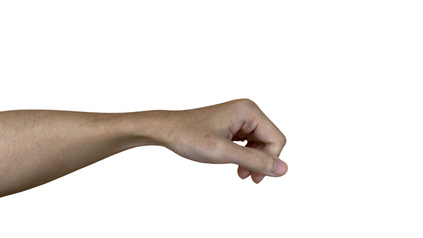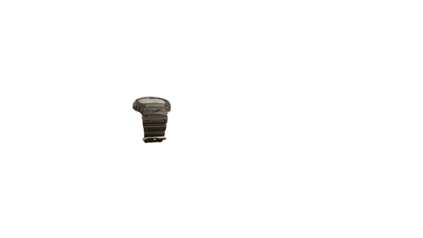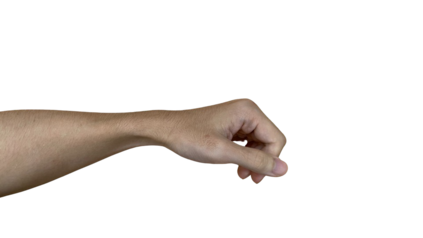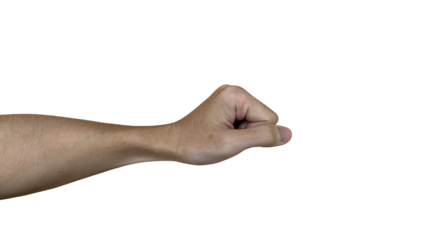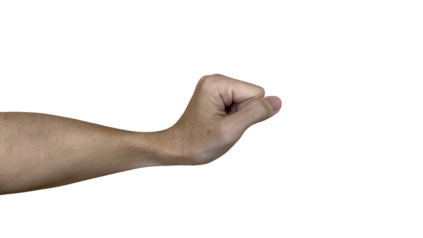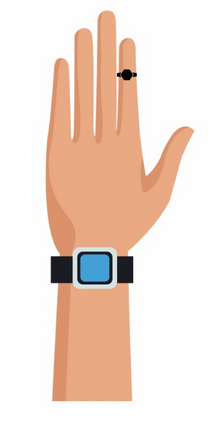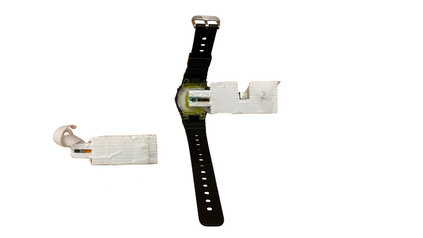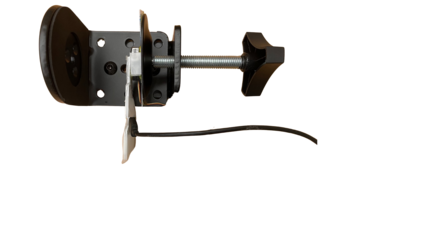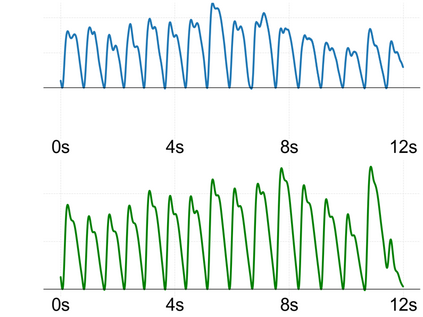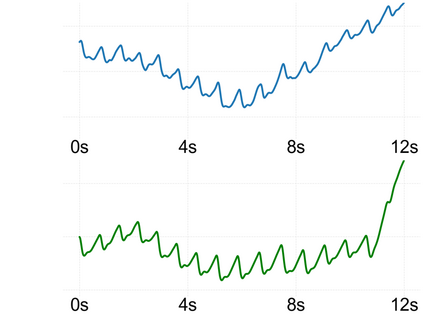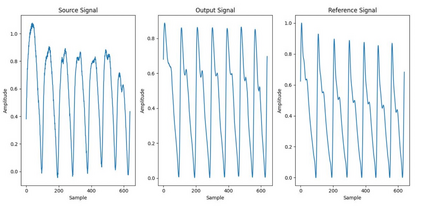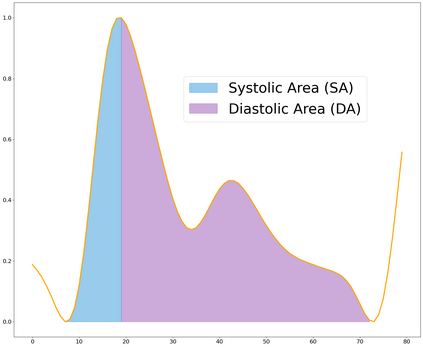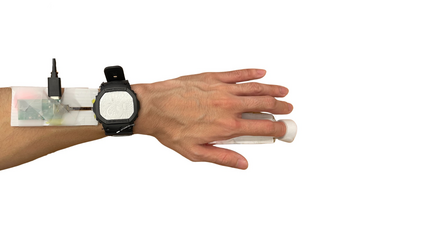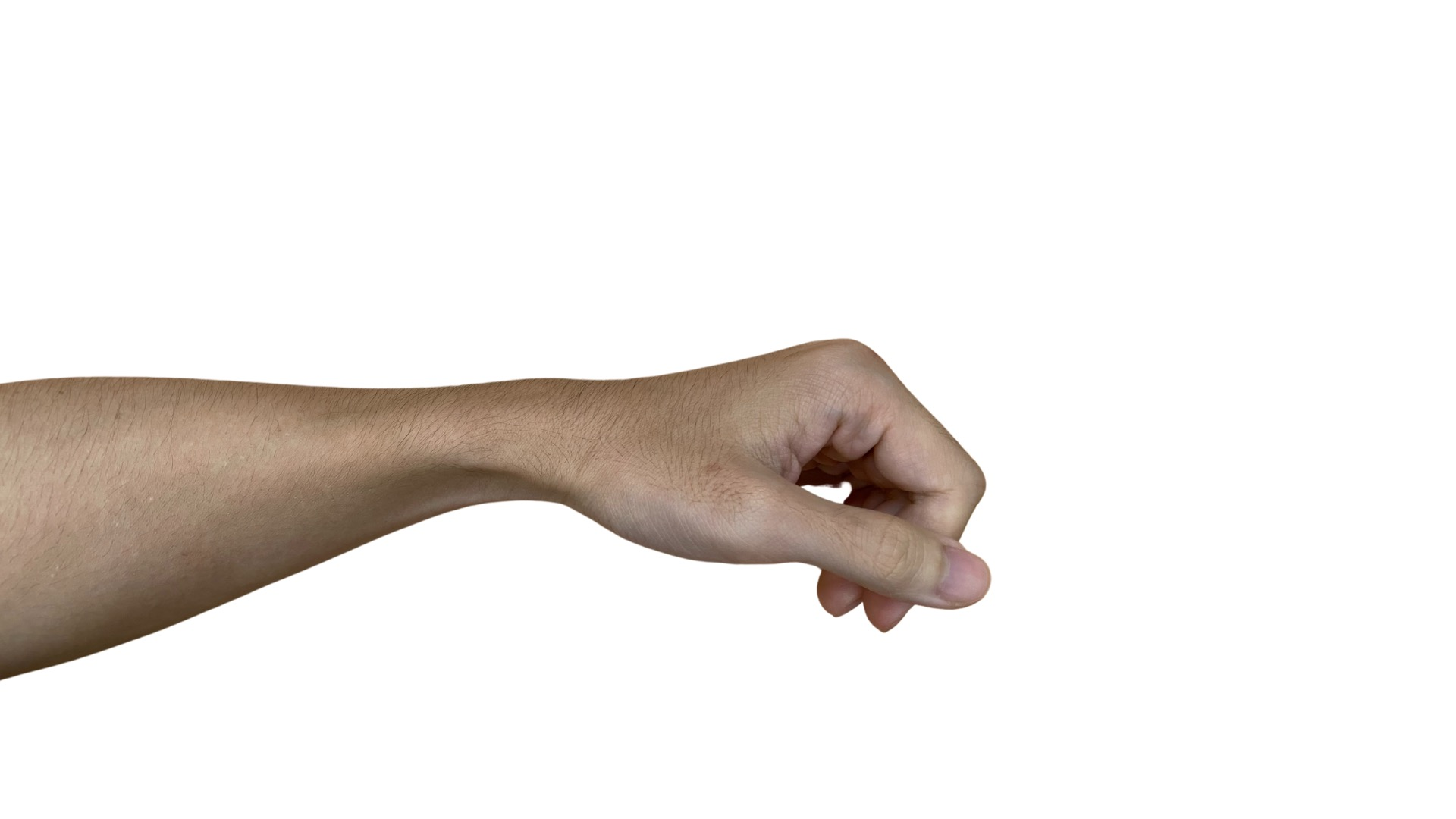Photoplethysmography (PPG) is a widely used non-invasive technique for monitoring cardiovascular health and various physiological parameters on consumer and medical devices. While motion artifacts are well-known challenges in dynamic settings, suboptimal skin-sensor contact in sedentary conditions - a critical issue often overlooked in existing literature - can distort PPG signal morphology, leading to the loss or shift of essential waveform features and therefore degrading sensing performance. In this work, we propose CP-PPG, a novel approach that transforms Contact Pressure-distorted PPG signals into ones with the ideal morphology. CP-PPG incorporates a novel data collection approach, a well-crafted signal processing pipeline, and an advanced deep adversarial model trained with a custom PPG-aware loss function. We validated CP-PPG through comprehensive evaluations, including 1) morphology transformation performance on our self-collected dataset, 2) downstream physiological monitoring performance on public datasets, and 3) in-the-wild performance. Extensive experiments demonstrate substantial and consistent improvements in signal fidelity (Mean Absolute Error: 0.09, 40% improvement over the original signal) as well as downstream performance across all evaluations in Heart Rate (HR), Heart Rate Variability (HRV), Respiration Rate (RR), and Blood Pressure (BP) estimation (on average, 21% improvement in HR; 41-46% in HRV; 6% in RR; and 4-5% in BP). These findings highlight the critical importance of addressing skin-sensor contact issues for accurate and dependable PPG-based physiological monitoring. Furthermore, CP-PPG can serve as a generic, plug-in API to enhance PPG signal quality.
翻译:暂无翻译

